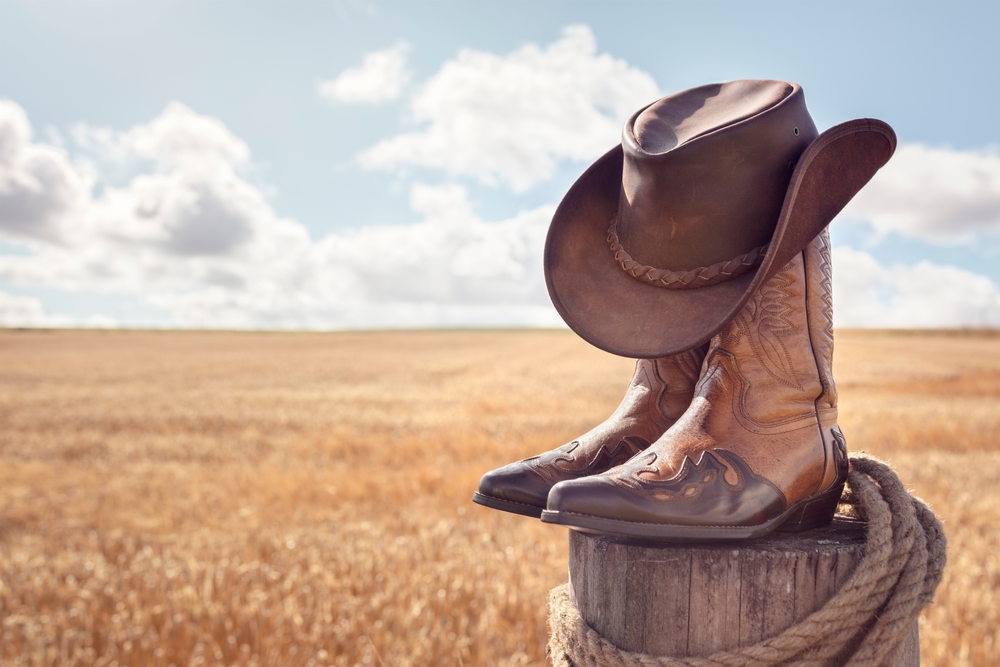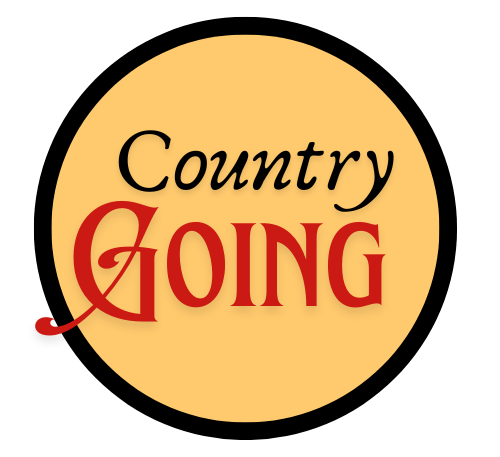The cowboy hat stands as one of the most iconic symbols of the American West. It’s instantly recognizable with its high crown and wide brim, elements that have made it an enduring piece of Western wear. Its origins can be traced back to John B. Stetson, who innovated the classic design known as the “Boss of the Plains” around 1865. This design revolutionized headgear for ranch workers, providing both practicality and a defining style.
Before the cowboy hat, practical headwear for workers in the West was a mixed bag of military and top hats. Stetson’s creation changed all that, offering a hat that shielded wearers from the elements while being sturdy enough for hard labor. The cowboy hat quickly gained popularity, becoming synonymous not just with cowboys, but also with ranchers and even country musicians.
Today, the cowboy hat remains a staple, transcending its practical beginnings to become a cultural icon. The classic design by John B. Stetson can even be seen influencing modern variations worn by people far beyond the American West. Those interested in further details can read about the history of the cowboy hat or explore Stetson’s impact on this timeless piece.

Origins and Evolution
The cowboy hat’s journey began with Spanish influences and transformed in the Americas with adaptations that made it a symbol of the Old West. This iconic piece of clothing evolved through craftsmanship and usage by cowboys, ranch workers, and musicians.
Spanish Roots
Cowboy hats trace their origins to the broad-brimmed hats worn by Spanish vaqueros. These early versions were practical, providing substantial protection from the sun and rain. Spanish settlers brought these designs to North America, where they influenced local styles.
The Spanish hat, known as the “Sombrero”, featured a wide brim and a tall crown. It was originally made from straw or animal felt, materials readily available in Spain. This practicality and adaptability made the sombrero a popular choice among early ranch workers in the Americas.
Adaptation in the Americas
When John B. Stetson created the “Boss of the Plains” hat in 1865, it revolutionized American hat styles. Designed with a flat brim and a rounded crown, it offered durability and comfort for harsh outdoor conditions. Stetson’s hat became an instant success among cowboys and frontiersmen.
As the hat’s popularity grew, cowboys began customizing their “Boss of the Plains” hats with personal touches, such as decorative bands and rolled brims. This customization led to various regional styles emerging, each with unique features. These adaptations ensured the hat remained functional while allowing personal expression.
Icon of the Old West
The cowboy hat became an enduring symbol of the Old West through its association with cowboys, ranchers, and later, country musicians. Media played a significant role in solidifying this image. Western films and TV shows popularized the hat, making it synonymous with the rugged, adventurous cowboy.
The hat’s wide-brim design provided practical benefits like shade from the sun and protection from rain, further enhancing its desirability. Modern cowboy hats have diversified in materials and styles, from felt to straw, but the classic look remains entrenched in American culture. The cowboy hat continues to be a staple fashion item, celebrated for its historical significance and timeless charm.
Cultural Impact and Symbolism
The cowboy hat, an iconic symbol of the American West, has transcended its practical roots to become a powerful cultural icon. From its portrayal in rodeo and Western films to its influence on fashion and modern revival, the cowboy hat continues to hold significant meaning.
Rodeo and Western Films
In rodeo events, the cowboy hat is more than just headgear. It symbolizes bravery, skill, and the rugged individualism that defines rodeo culture. Competitors often wear brands like Stetson, which reflect their heritage and dedication to the sport. Western films have also played a crucial role in popularizing the cowboy hat. Actors like John Wayne and Clint Eastwood wore these hats, shaping the popular culture’s perception of cowboys and the Wild West.
Fashion and Beyond
The cowboy hat has found its way into mainstream fashion. It is featured in runway shows and worn by celebrities, symbolizing rebellion, adventure, and a free spirit. Designers often incorporate the hat into various styles, blending it with modern trends without losing its Western essence. Beyond fashion, the cowboy hat appears in art and music, further cementing its status as a timeless symbol.
Modern Usage and Revival
Today, the cowboy hat enjoys a revival among younger generations. Festivals and country music concerts see many attendees sporting these hats, celebrating their cultural heritage. In addition to fashion, the cowboy hat is still practical for ranchers and farmers. The hat provides protection from the elements, linking modern use with its historical purpose.
